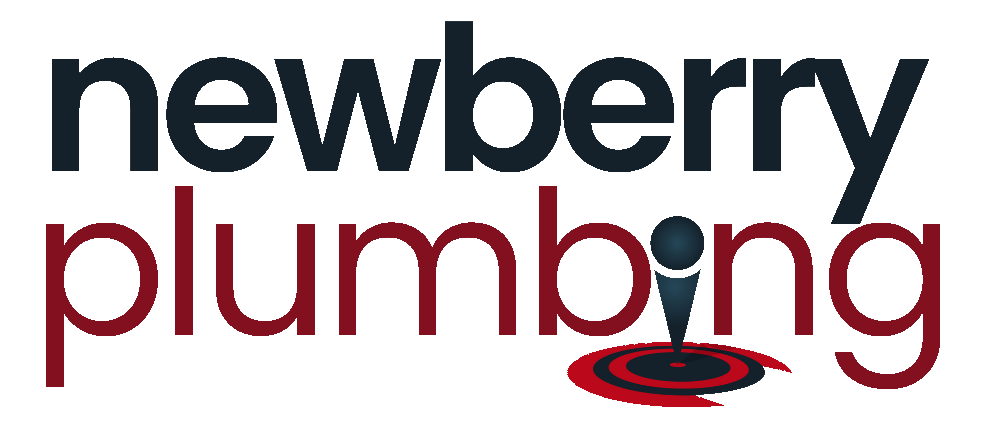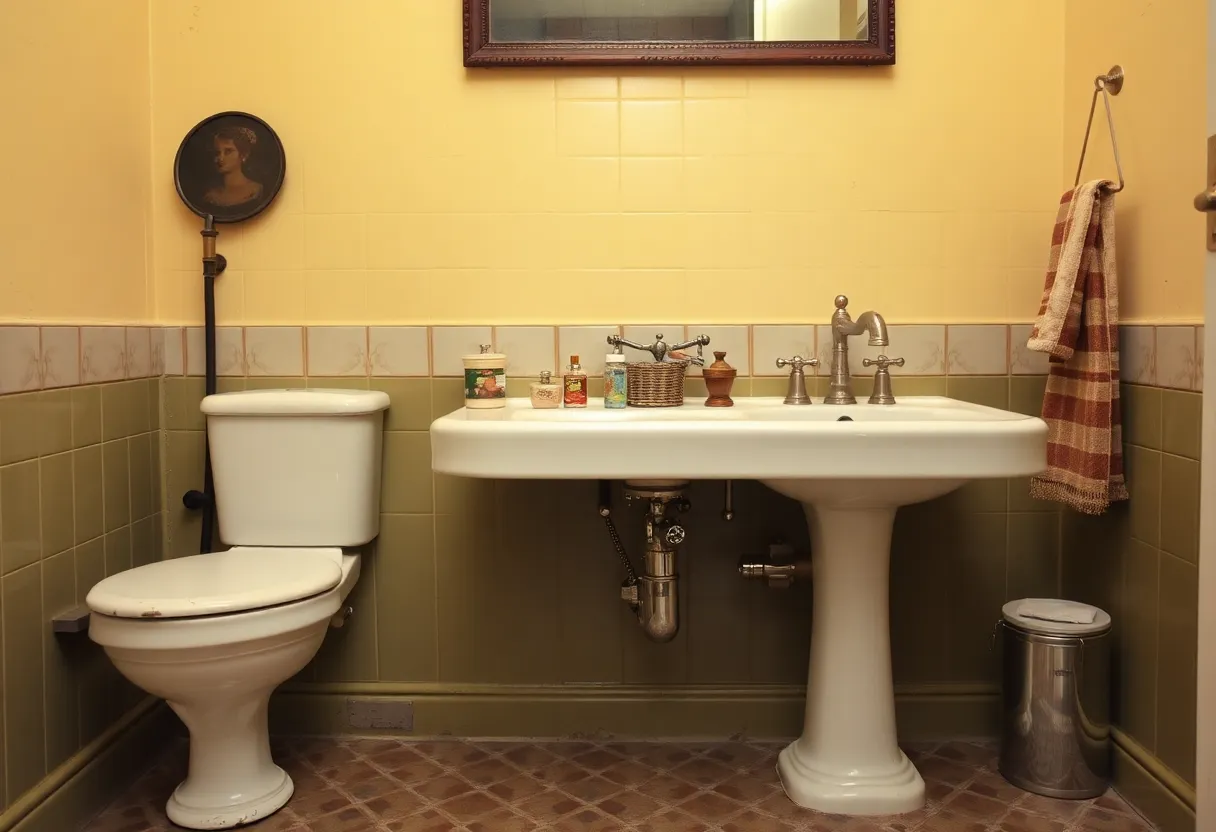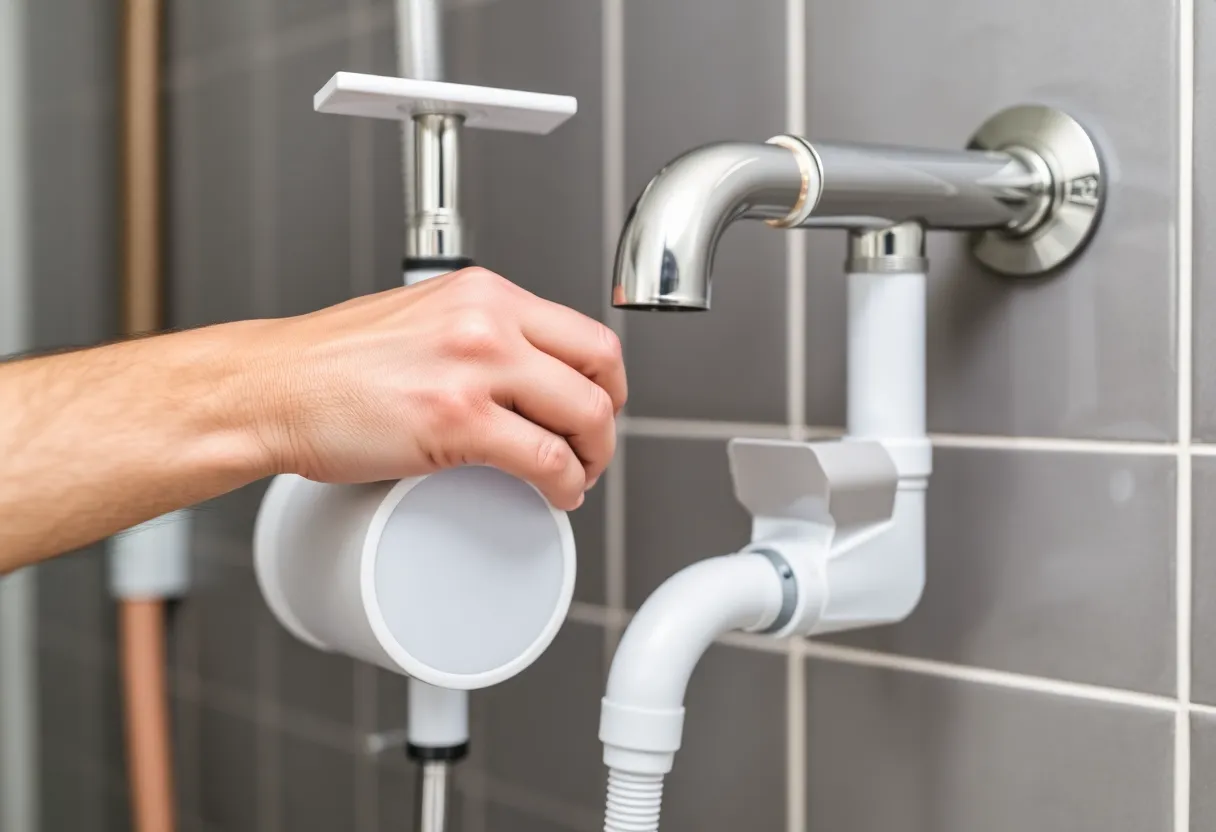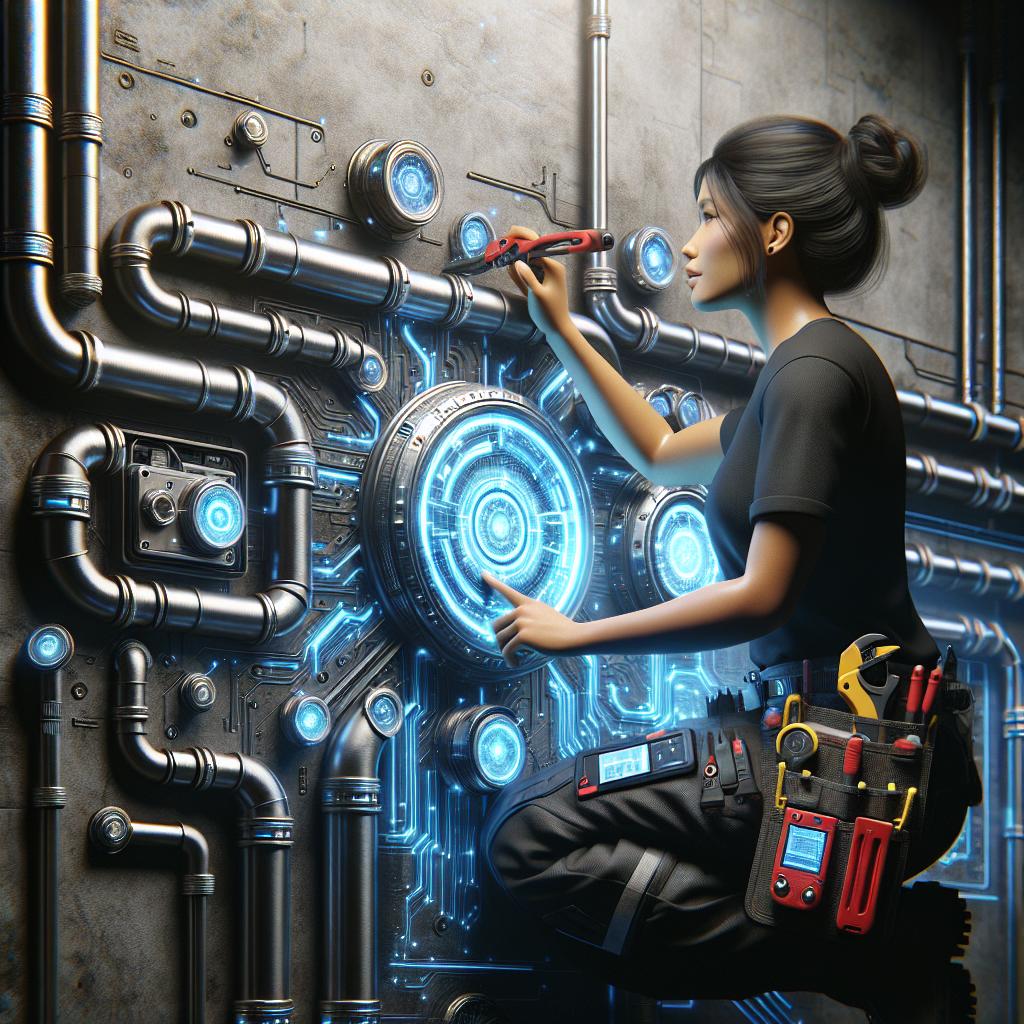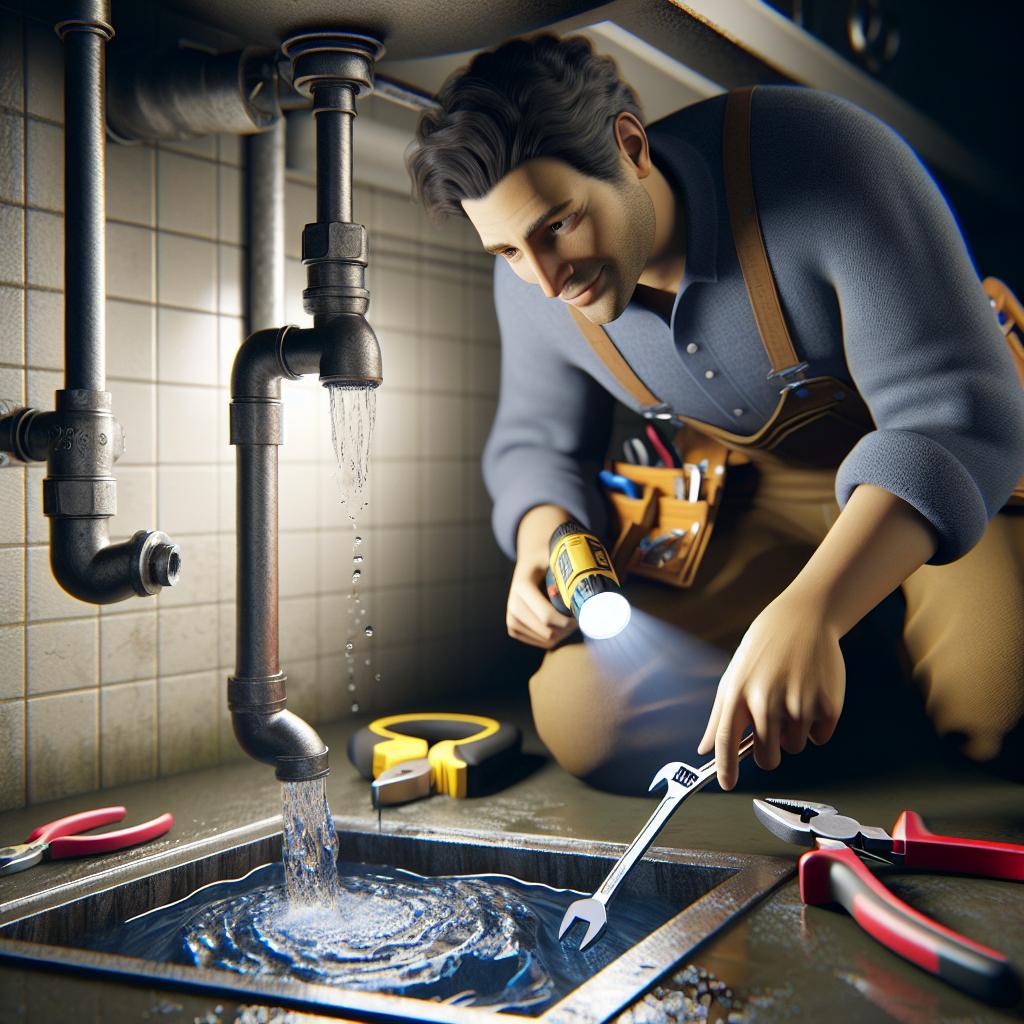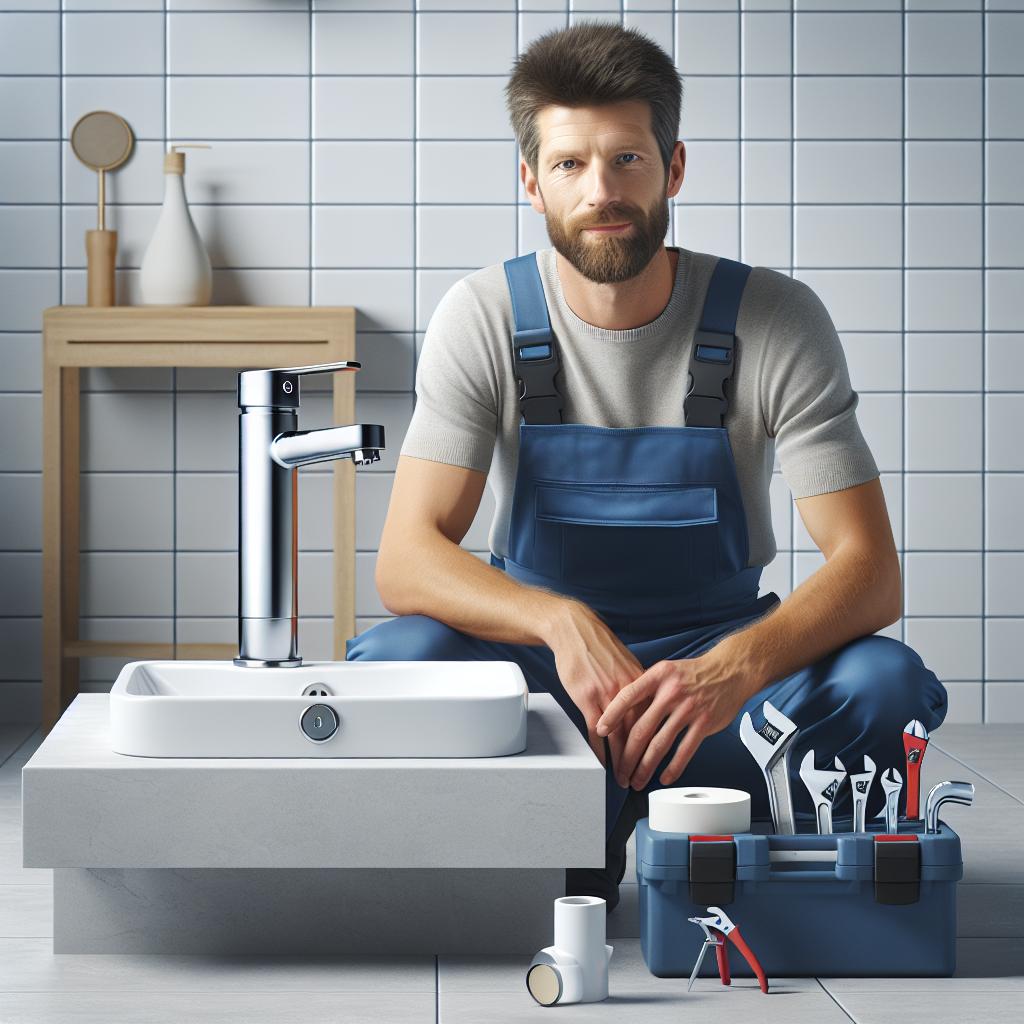The Plumbing Time Capsule: 10 Vintage Techniques Making a Comeback in Modern Homes
In an ever-evolving world, where technology and innovations reign supreme, it’s refreshing to witness some vintage techniques from the past making a significant comeback. As more homeowners seek to blend sustainability, aesthetics, and functionality in their living spaces, certain plumbing methods have resurfaced, proving that sometimes, old-fashioned is the way to go. In this article, we will explore ten vintage plumbing techniques that are making a resurgence in modern homes.
1. The Classic Gravity-Flow System
One of the oldest plumbing techniques is the gravity-flow system. This method utilizes natural gravitational forces to direct water through pipes, minimizing the need for pumps or extra energy sources. Popular in some parts of Europe, this technique allows for efficient water distribution in homes without the costs of modern pump systems.
Benefits of Gravity-Flow Systems
- Energy Efficiency: Reduces reliance on electrical systems.
- Cost-Effectiveness: Less plumbing infrastructure needed leads to lower installation costs.
- Reliability: Fewer mechanical components mean fewer potential failures.
2. Lead-Free Piping
Historically, plumbers used lead pipes due to their malleability and corrosion resistance. However, with the rise of health concerns over lead poisoning, many homeowners are opting for lead-free piping options like copper and PEX. Today, using lead-free materials is returning as a packing strategy that prioritizes health without compromising on quality.
Materials That Are Making a Comeback
- Copper: A popular choice for its durability and anti-bacterial properties.
- PVC and PEX: Lightweight and resistant to corrosion, suitable for complex plumbing systems.
3. Water-Wasting Fixtures Gone—Hello, Low-Flow
Outdated water fixtures often waste significant amounts of water. Thankfully, low-flow fixtures are on the rise, transitioning from older technologies to modern designs that conserve water without losing performance.
Why Choose Low-Flow Fixtures?
- Environmental Impact: Low-flow fixtures significantly reduce water usage, making eco-conscious choices easier.
- Cost Savings: Reduced water usage leads to lower water bills.
- Modern Efficiency: Engineered to maintain pressure and comfort while using less water.
4. Back-To-Simple Composter Toilets
Composting toilets have transitioned from quirky alternatives to a prominent eco-friendly option for homes, especially in rural areas. These back-to-simple toilets utilize natural processes to break down waste without needing a traditional plumbing system.
Advantages of Composting Toilets
- Water Saving: Uses little to no water per flush.
- Eco-Friendly: Helps reduce waste in landfills.
- Soil Enrichment: Compost can be repurposed as fertilizer in gardens.
5. Vintage Cast Iron Pipes
Cast iron pipes may seem like outdated technology, but they’re returning as homeowners appreciate their sound-dampening properties and longevity. Unlike plastic piping, cast iron is known for its durability and life span, with some pipes lasting over 100 years!
Why Use Cast Iron?
- Longevity: Can withstand harsh conditions and last for decades.
- Sound Insulation: Ideal for multi-story homes where noise reduction is desired.
- Eco-Friendly: Made from recycled materials and fully recyclable.
6. The Return of Bidets
Bidets were once a mainstay in many bathrooms but fell out of favor in some regions. Recently, there’s been a resurgence in interest as people seek comfort and cleanliness. Modern bidet designs come with advanced features that cater to current household needs.
Why Are Bidets Making a Comeback?
- Hygiene: Offers superior cleanliness compared to traditional toilet paper methods.
- Comfort: Many designs include heated seats and adjustable water pressure.
- Environmental Benefits: Reduces reliance on toilet paper, lowering deforestation impacts.
7. Vintage Sinks and Tubs
There’s a growing interest in stylish vintage sinks and bathtubs, characterizing homes with a unique charm. These pieces, often made from heavy porcelain or cast iron, offer a durability and elegance juxtaposed with modern fixtures.
Popular Vintage Styles
- Clawfoot Tubs: A hallmark of vintage aesthetics, providing a luxurious bathing experience.
- Farmhouse Sinks: Practical and picturesque, suitable for both modern and rustic kitchens.
8. Rainwater Harvesting
Utilizing rainwater for domestic purposes is an ancient practice that is becoming a sustainable building practice or renovation strategy. Modern systems allow for the collection and filtration of rainwater, promoting conservation in homes.
Benefits of Rainwater Harvesting
- Resource Efficiency: Reduces demand on municipal water supplies.
- Cost Savings: Lowers water bills by providing an alternative source for irrigation and non-potable uses.
- Environmental Impact: Decreases stormwater runoff and encourages responsible water management.
9. Reclaimed Plumbing Fixtures
With the focus on sustainability, reclaimed plumbing fixtures are trending. Salvaging old plumbing materials from deconstructed buildings revitalizes them with a rich history and unique character, making them a preferred choice for those who want to highlight eco-conscious designs.
Why Choose Reclaimed Materials?
- Craftsmanship: Often more durable and visually appealing than many new fixtures.
- Reduced Waste: Reduces landfill contributions through the reuse of materials.
- Unique Aesthetics: Adds character and charm different from mass-produced alternatives.
10. The Simple Art of Manual Water Pumps
Manual water pumps, once found in nearly every household, are experiencing a nostalgic revival. These devices provide a way to access groundwater without modern plumbing, often used alongside sustainable living practices, such as homesteading.
The Appeal of Manual Water Pumps
- Self-Sufficiency: Allows homeowners to draw water independently.
- Historical Significance: Ties back to simpler ways of living.
- Increased Connection to Nature: Promotes appreciation for water resources.
Conclusion
The return of these vintage plumbing techniques showcases a broader trend of embracing sustainability, character, and functionality in our homes. By integrating these time-tested methods into modern design, homeowners can create spaces that are not only aesthetically pleasing but also environmentally responsible.
The key takeaway? Sometimes, looking back at the past inspires innovative solutions for the future. Whether it’s opting for low-flow fixtures or the elegance of vintage sinks, the old ways of plumbing are paving new paths for sustainable living. Each of these techniques invites us to reflect on how we can combine the best of both worlds to build homes that honor our heritage while redesigning our future.
